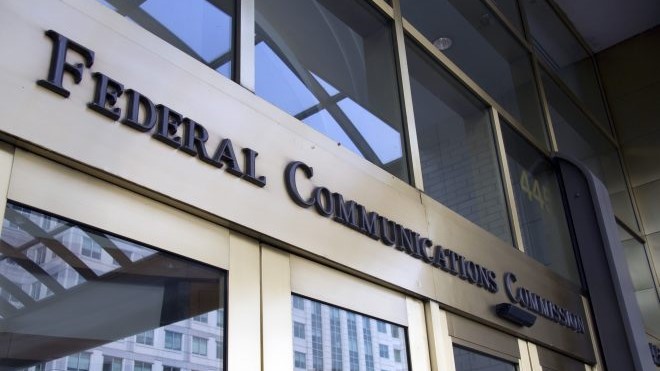FCC Reminds TV Broadcasters of Responsibilities to Viewers With Disabilities
Specifically as it relates to emergency info

WASHINGTON—The FCC has made a special point to remind broadcasters, cable operators, satellite TV services and other video program distributors that reach peoples’ homes that they need to be aware of their responsibilities to make televised emergency info available to viewers that have disabilities.
This came via a Public Notice on the commission’s rules, specifically section 79.2. Section 79.2 defines emergency information as “[i]nformation, about a current emergency, that is intended to further the protection of life, health, safety and property” and how to respond to the emergency.
For the blind or visually impaired, the Public Notice notes that emergency information provided in the video portion of a regularly scheduled newscast or a newscast that interrupts regular programming must be accessible by aurally describing the emergency information in the main audio portion of the programming. When emergency information comes during programming that is not a newscast, an aural tone on the main audio stream must accompany the visual information. Secondary streams must also carry the aural information/tone. In regards to MVPDs, they must ensure that any application that enables the viewing of programming on second screen devices be able to transmit the aural information as well.
Responsibilities related to those that are deaf or hard of hearing include providing the emergency information available as part of the audio portion of the programming to be accessible through closed captioning or other methods of visual presentation; though closed captioning and visual presentation can not block each other. Those without the electronic newsroom technique for captioning are still required to provide closed captioning services for emergency information, and the FCC recommends that VPDs take steps to establish internal protocols to obtain closed captioning services.
And while not required by the FCC’s rules, the commission encourages that emergency information be accessible to people with cognitive disabilities through techniques like using plain language and pictorial information.
The FCC also provided the resources for filing complaints for violations of these emergency information rules, including www.fcc.gov/accessibilitycomplaints.
For more information, the full public notice is available online.
Get the TV Tech Newsletter
The professional video industry's #1 source for news, trends and product and tech information. Sign up below.
